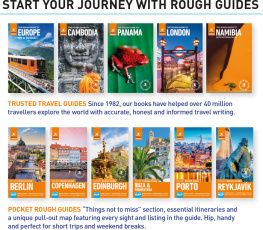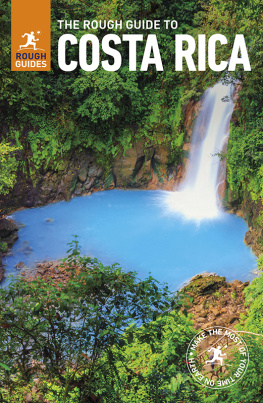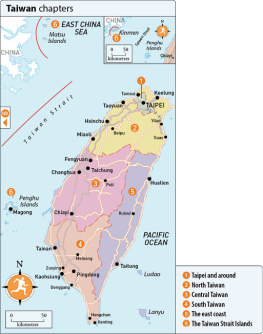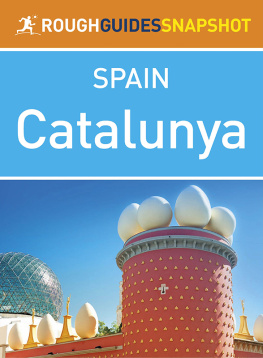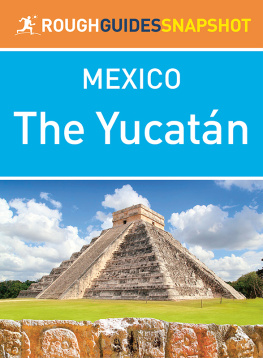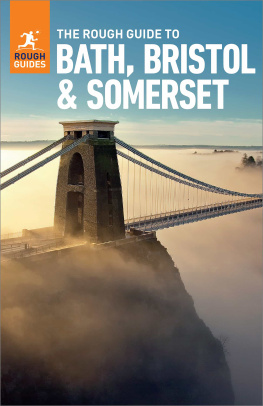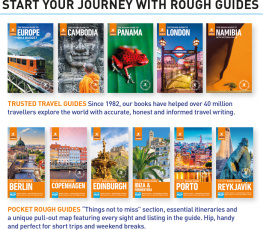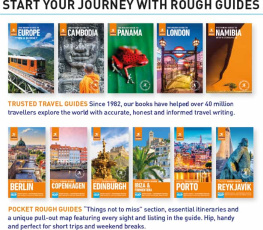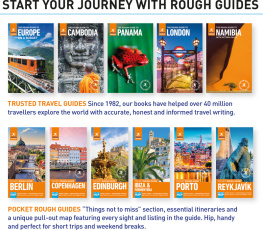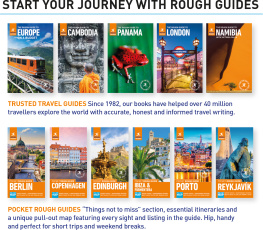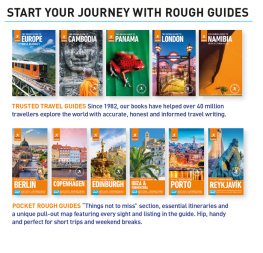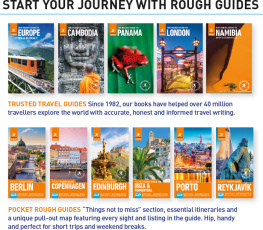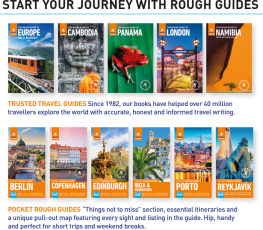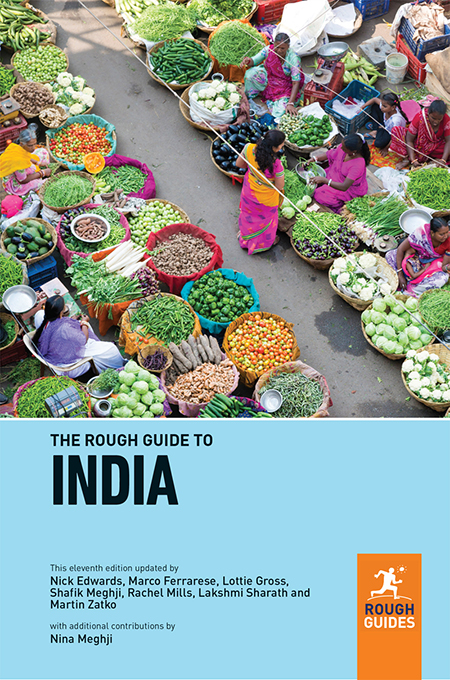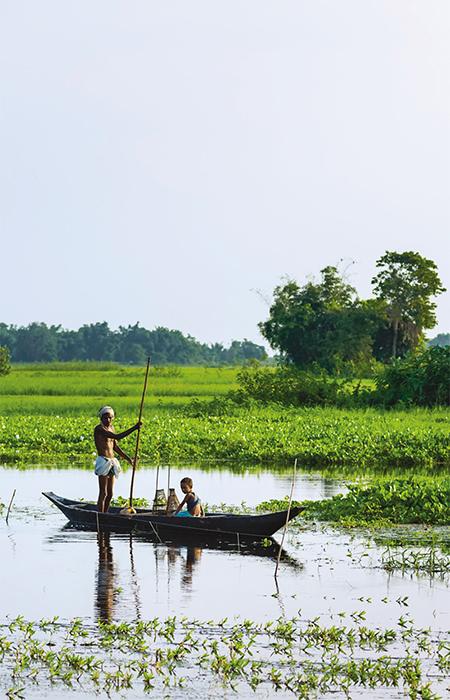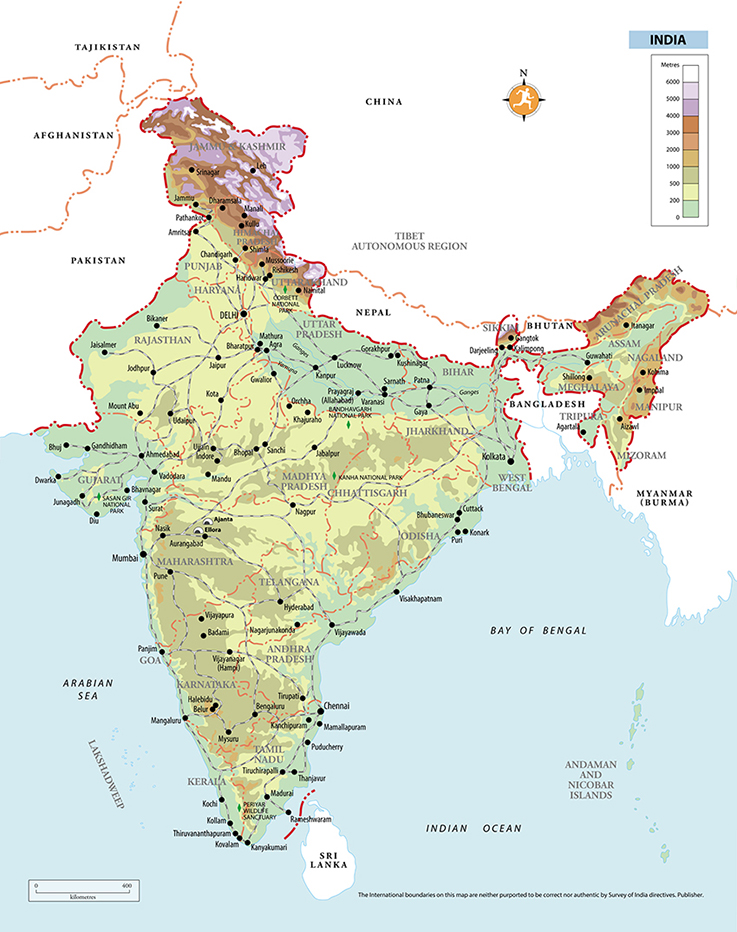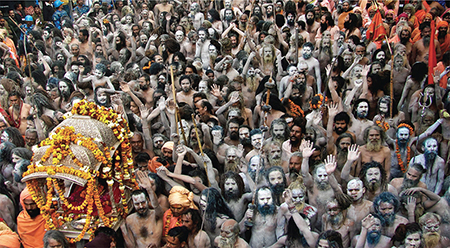Rough Guides - The Rough Guide to India (Travel Guide eBook) (Rough Guides)
Here you can read online Rough Guides - The Rough Guide to India (Travel Guide eBook) (Rough Guides) full text of the book (entire story) in english for free. Download pdf and epub, get meaning, cover and reviews about this ebook. year: 2019, publisher: Rough Guides, genre: Home and family. Description of the work, (preface) as well as reviews are available. Best literature library LitArk.com created for fans of good reading and offers a wide selection of genres:
Romance novel
Science fiction
Adventure
Detective
Science
History
Home and family
Prose
Art
Politics
Computer
Non-fiction
Religion
Business
Children
Humor
Choose a favorite category and find really read worthwhile books. Enjoy immersion in the world of imagination, feel the emotions of the characters or learn something new for yourself, make an fascinating discovery.
- Book:The Rough Guide to India (Travel Guide eBook) (Rough Guides)
- Author:
- Publisher:Rough Guides
- Genre:
- Year:2019
- Rating:3 / 5
- Favourites:Add to favourites
- Your mark:
The Rough Guide to India (Travel Guide eBook) (Rough Guides): summary, description and annotation
We offer to read an annotation, description, summary or preface (depends on what the author of the book "The Rough Guide to India (Travel Guide eBook) (Rough Guides)" wrote himself). If you haven't found the necessary information about the book — write in the comments, we will try to find it.
The Rough Guide to India
Make the most of your time on Earth with the ultimate travel guides.
World-renowned tell it like it is travel guide, now with free eBook.
Discover India with this comprehensive and entertaining travel guide, packed with practical information and honest recommendations by our independent experts. Whether you plan to look for leopards in Kanha National Park, visit the worlds greatest building, the Taj Mahal, or explore the immaculately preserved temples of Khajuraho, The Rough Guide to India will help you discover the best places to explore, eat, drink, shop and sleep along the way.
Features of this travel guide toIndia:
- Detailed regional coverage: provides practical information for every kind of trip, from off-the-beaten-track adventures to chilled-out breaks in popular tourist areas
- Honest and independent reviews: written with Rough Guides trademark blend of humour, honesty and expertise, our writers will help you make the most from your trip to India
- Meticulous mapping: practical full-colour maps, with clearly numbered, colour-coded keys. Find your way around Delhi, Mumbai and many more locations without needing to get online
- Fabulous full-colour photography: features inspirational colour photography, including the phenomenal Lotus Temple and the vibrant Pichola Lake
- Time-saving itineraries: carefully planned routes will help inspire and inform your on-the-road experiences
- Things not to miss: Rough Guides rundown of Gokarna, Udaipur and Madurais best sights and top experiences
- Travel tips and info: packed with essential pre-departure information including getting around, accommodation, food and drink, health, the media, festivals, sports and outdoor activities, culture and etiquette, shopping and more
- Background information: comprehensive Contexts chapter provides fascinating insights into India, with coverage of history, religion, ethnic groups, environment, wildlife and books, plus a handy language section and glossary
- The ultimate travel tool: download the free eBook to access all this from your phone or tablet
- Covers: Delhi; Rajasthan; Uttar Pradesh; Uttarakhand; Madhya Pradesh and Chhattisgarh; Himachal Pradesh; Jammu and Kashmir; Punjab and Haryana; Gujarat; Mumbai; Maharashtra; Goa; Kolkata and West Bengal; Bihar and Jharkhand; Sikkim; The Northeast; Odisha; Andhra Pradesh and Telangana; The Andaman Islands; Tamil Nadu; Kerala; Kamataka
You may also be interested in: The Rough Guide to Nepal, The Rough Guide to Sri Lanka, The Rough Guide to Myanmar (Burma)
About Rough Guides: Rough Guides have been inspiring travellers for over 35 years, with over 30 million copies sold globally. Synonymous with practical travel tips, quality writing and a trustworthy tell it like it is ethos, the Rough Guides list includes more than 260 travel guides to 120+ destinations, gift-books and phrasebooks.
Rough Guides: author's other books
Who wrote The Rough Guide to India (Travel Guide eBook) (Rough Guides)? Find out the surname, the name of the author of the book and a list of all author's works by series.

